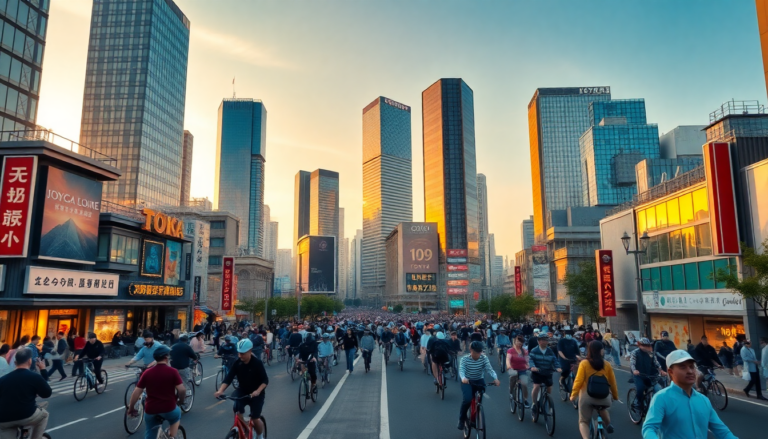Argomenti trattati
In an era where the cost of living seems to climb higher every day, some cities stand out as particularly pricey destinations. The latest report, Mapping the World’s Prices 2025 by Deutsche Bank, offers a fascinating glimpse into urban economics. It reveals that the most expensive cities are primarily found in Asia and North America. Topping the list is Tokyo, a city where real estate prices have skyrocketed, showcasing how technology and finance can drastically shape our daily lives.
Global Price Dynamics: A Closer Look
The report designates Tokyo as the most expensive city, fueled by soaring property prices and an overall increase in living costs. Hot on its heels are Singapore and San Francisco, where even high salaries struggle to keep pace with jaw-dropping housing expenses. Other cities making the top ten include Hong Kong, Copenhagen, and Zurich, where luxury and economic vibrancy intersect.
Interestingly, traditional financial powerhouses like London, Paris, and New York have taken a significant tumble in the rankings, now sitting between the fortieth and fiftieth positions. This shift raises compelling questions about the quality of life in these historically significant cities, suggesting that economic strength doesn’t always translate to livability. How do these changes affect the everyday experiences of residents?
The Impact of Currency Strength on Urban Living Costs
One of the most captivating elements of the Mapping the World’s Prices report is the role of currency fluctuations in shaping perceived living costs. It’s not solely about local demand or service levels; the strength of a currency can dramatically shift the urban economic landscape. For example, Zurich and Geneva consistently rank among the priciest cities, partly due to the enduring strength of the Swiss franc. Meanwhile, the recent gains of the U.S. dollar have propelled cities like New York and San Francisco into the upper echelons of living costs, even if their quality of life may not match some European counterparts. Isn’t it intriguing how currency dynamics can redefine our understanding of affordability?
Italy’s Presence in the Global Cost Landscape
Amid all these global trends, two Italian cities, Milan and Rome, stand out as some of the most expensive places to live in Europe. Milan, in particular, dazzles with property prices that rival those of Paris and Amsterdam. Renting an apartment can set you back as much as €1500 per month, and in some cases, even more. Transportation costs are similarly steep, with taxi fares reaching some of the highest rates worldwide, surpassing even those in London.
Rome, while a bit more budget-friendly, still poses significant challenges for residents. A two-bedroom apartment averages around €1220, and daily expenses can stack up quickly. Although public transportation is relatively affordable at €35 per month, it hardly alleviates the tightrope walk between income and expenditure. What do these numbers say about the lifestyle choices we make in these cities?
As we delve into these trends, it becomes clear that behind every price tag lies a rich narrative woven from economic forces, cultural dynamics, and personal choices. The rising costs in these cities not only mirror financial realities but also underscore the evolving nature of urban living, inviting us to reflect on our own experiences and the unique stories that unfold in our daily lives. So, what’s your story in this complex tapestry of urban life?

